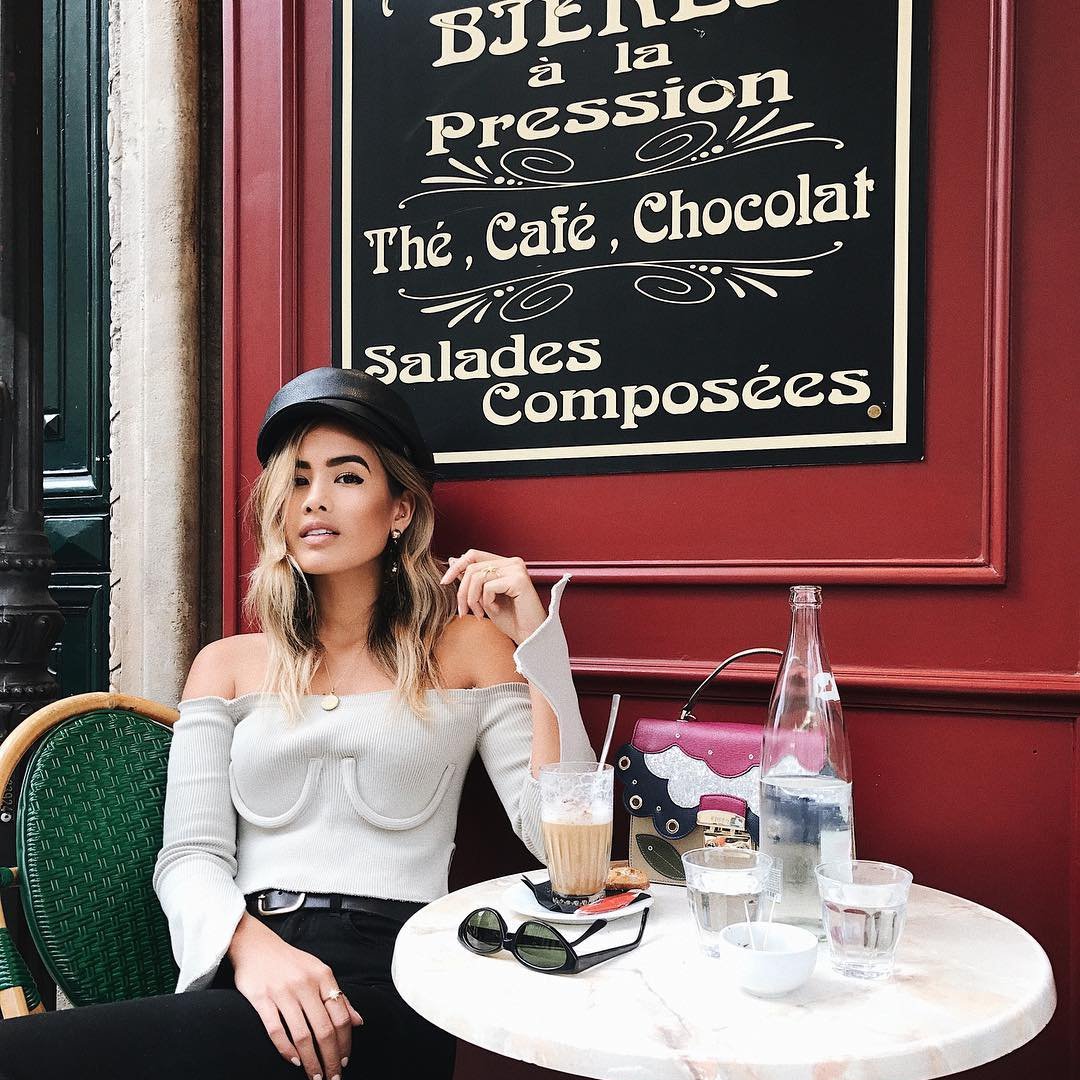It’s no secret that the beauty industry uses all kinds of tricks to persuade us to buy their products. Advertising works by trying to persuade us of the desirability of the products. Some of the methods employed are more obvious than others, so here are some of the tactics to watch out for.
Snapshot Survey
Thanks for sharing your thoughts!
Please subscribe for your personalized newsletter:
Successfully subscribed!
Thank you for subscribing! Check your inbox for personalized content.
1. Celebrity ‘Endorsements’
/filters:quality(70)/content/wc/e8/cq66ck0t54c79be528334102412695_524x449.jpg) Photo Credit: fanpop.com
Photo Credit: fanpop.com
It amazes me that companies still use celebrities to promote their products. Do they really think that we believe for one minute that they use whatever they’re advertising, and that their hefty fee has nothing to do with it? Though since the practice continues, maybe some consumers are influenced without realising it.
2. Lighting
Photo Credit: chinawholesalelots.com
It goes without saying that the model will be made to look unrealistically good. Lighting is one way of achieving this – clever lighting can make anyone appear stunning (in addition to the other tricks listed below).
3. Enhancements
Photo Credit: fadedyouthblog.com
If you look at an advert in a glossy magazine, you may see the words ‘styled using extensions’ or ‘styled using false eyelashes’. That is, you may see them if you read the tiny print using a microscope. The model’s bouncing curls or inch-long eyelashes may not be entirely her own …
4. Photoshop
/filters:quality(70)/content/iu/rj/uiz7tsv754c79be792466227733591_600x450.jpg) Photo Credit: thebeautyeditor.opportunityzone.com
Photo Credit: thebeautyeditor.opportunityzone.com
Now, you can understand why a certain degree of photographic trickery is used – even top models can have spotty days. It seems to be used to excess now, however, and how many products come close to achieving what the adverts claim?
If you're in the relentless hunt for the perfect mascara, that not only volumizes but also gives your lashes the much-needed lift, then you should absolutely give the dior show mascara a try. It's undeniably one of the best mascaras that guarantees both length and volume while leaving no clumps behind.
5. Too Youthful
Photo Credit: articlesbase.com
This is really stupid. If you’re trying to sell an anti-aging product to women in their fifties, why use a much younger model to advertise it? It’s so irritating seeing a young woman barely in her twenties advertising wrinkle creams. As if we’re going to believ we’ll look like that!
Gallery Spotlight
Save and share the images that inspire you. Tag @allwomenstalk to get featured.
Save
6. Exaggerated Claims
/filters:quality(70)/content/nm/mj/y0vmirwx54c79be8e9eb6480507807_529x315.jpg) Photo Credit: wwd.com
Photo Credit: wwd.com
Many adverts make claims that sound impressive. For example, they will say that ‘67% of women reported reduced wrinkles over 4 weeks’, but since the sample only involved 18 women, it means that only 12 women think it helped. Did it? Or did they just imagine it? And how meaningful is such a small study?
7. Meaningless Claims
/filters:quality(70)/content/j0/i8/yq1y464c54c79beabc0c1907116372_565x423.jpg) Photo Credit: joseibi.com
Photo Credit: joseibi.com
Adverts often make some really daft claims; they rely on consumers not reading into the words. ‘Makes you look younger’ – says who? ‘Hair looks shinier’ – can this be measured on a shininess scale for hair?
8. Desirability
Photo Credit:justablogaboutbec.blogspot.com
The manufacturer wants you to believe that owning this product will make you feel more desirable, hence the many adverts featuring beautiful couples. Yes, you too will have male models falling at your feet! They also promote a sense that the product itself is desirable, with luxurious packaging and an expensive aura.
How do you feel about these tactics – do you think that they are a waste of time and you will never fall for them? Have you ever been disappointed by a product failing to live up to your expectations?
Top Photo Credit: ladiesbeautyup.blogspot.com
Snapshot Survey
Thanks for sharing your thoughts!
Please subscribe for your personalized newsletter:
Successfully subscribed!
Thank you for subscribing! Check your inbox for personalized content.
Comments

Don't Miss the Latest Version
Get the latest stories, save favorites, and share with friends — all in one place.
Create your profile. Earn badges. Level up your reading.
Join Allwomenstalk to track your streaks, collect badges, and earn XP for the things you already do—reading, sharing, and taking quizzes.
- 🔥Daily streaks with gentle boosts for 3, 7, and 30 days.
- 🏅Collect badges like Reader I–III, Socialite, and Quiz Ace.
- ⚡️Earn XP for reads, deep reads, likes, comments, and shares.
It’s free. Takes 30 seconds. Already have an account? Sign in.




Feedback Junction
Where Thoughts and Opinions Converge